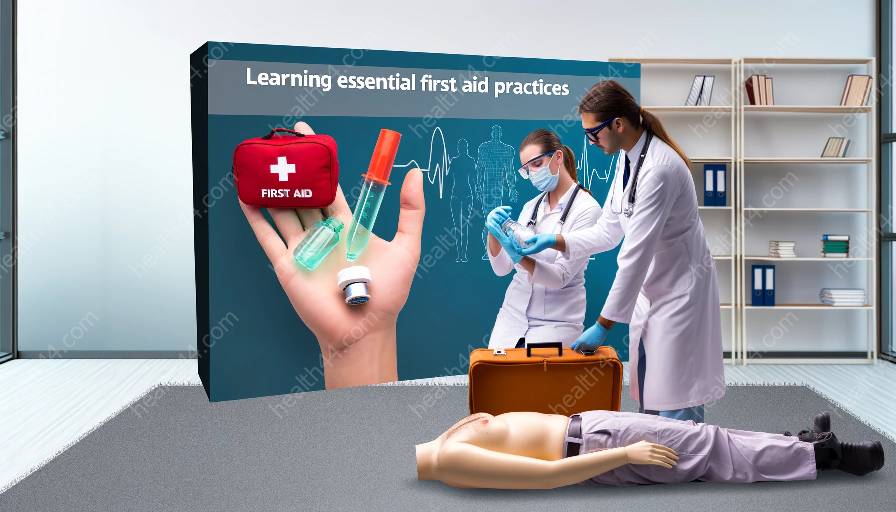Approximately 2.4 million burn injuries occur each year in the United States, and burns and scalds can happen to anyone at any time. Understanding the appropriate first aid treatment for these types of injuries is essential for all individuals, especially for those in the field of health education and medical training. This topic cluster will explore the first aid procedures for burns and scalds while providing valuable insights on preventative measures and medical training for handling these injuries effectively. Let's dive into the complete guide to treating burns and scalds.
Understanding Burns and Scalds
Burn injuries are damage to the body's tissues caused by heat, chemicals, electricity, or radiation. Scalds, on the other hand, are a type of burn caused by hot liquids or steam. Both burns and scalds can range in severity from minor to life-threatening and often require immediate first aid treatment.
First Aid for Burns and Scalds
Important First Aid Procedures
When it comes to treating burns and scalds, the following first aid procedures should be followed:
- Assess the Situation: Ensure that the area is safe before approaching the individual with the burn or scald. If the source of the burn is still present, such as a hot surface or chemical, remove the individual from the source if it is safe to do so.
- Stop the Burning Process: If the burn is caused by a heat source, such as flames or hot objects, extinguish the flames or remove the individual from the source of the heat. For scalds, remove any clothing or jewelry from the affected area.
- Cool the Burn or Scald: Place the affected area under cool, running water for at least 10 minutes to help reduce the temperature of the burn and minimize tissue damage.
- Cover the Burn: Use a clean, dry cloth or sterile dressing to cover the burn or scald once it has been cooled. Avoid using adhesive dressings, as they can cause further damage when removed.
- Seek Medical Attention: For severe burns, or if the individual is at risk of shock or infection, seek immediate medical attention. In cases of chemical burns, ensure that the chemical is wiped away before cooling the burn.
Preventative Measures
In addition to understanding first aid treatment, it's essential to focus on preventative measures to reduce the risk of burns and scalds. This can include:
- Using Caution in the Kitchen: Avoid wearing loose clothing while cooking, and use caution when handling hot liquids or steam.
- Supervising Children: Always supervise young children around hot surfaces and liquids to prevent accidental burns or scalds.
- Checking Water Temperature: Ensure that bathwater and hot beverages are at a safe temperature before use.
- Assessment of Burn Severity: This involves understanding and identifying the different degrees of burns (first, second, and third-degree) and the appropriate treatment for each.
- Wound Care and Dressing: Medical training should include proper wound care techniques, such as cleaning the burn and applying appropriate dressings to facilitate healing. Additionally, training should cover the use of specialized dressings for burns to optimize healing and minimize scarring.
- Pain Management: Comprehensive medical training includes understanding the effective management of pain associated with burns and scalds, using appropriate medications and other non-pharmacological interventions.
- Long-Term Care and Rehabilitation: Health education and medical training should encompass the long-term care and rehabilitation of burn patients, including physical therapy, scar management, and psychological support.
Medical Training for Handling Burns and Scalds
For individuals in the field of health education and medical training, understanding the comprehensive management of burns and scalds is a crucial component of their expertise. Proper medical training involves:
By integrating these components into health education and medical training, professionals can effectively handle burn and scald injuries and provide optimal care and support to those affected.



